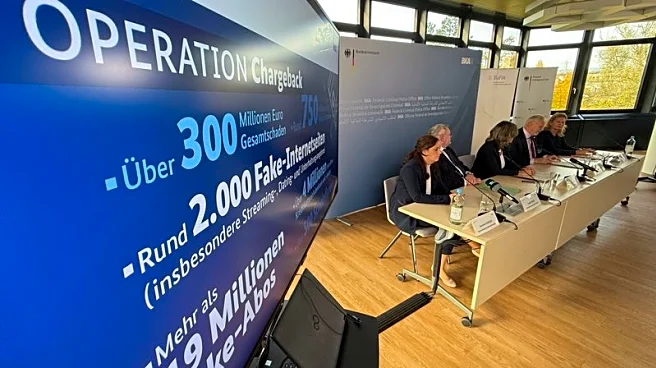What's Happening?
A recent study conducted by researchers at the University of Groningen in the Netherlands has explored the relationship between reproduction and ageing, particularly focusing on how environmental conditions
affect this dynamic. The study analyzed parish records of over 4500 Finnish women across 250 years, including during the Great Finnish Famine from 1866 to 1868. The findings suggest that the cost of reproduction is not fixed but varies depending on environmental conditions. During the famine, women who had children experienced a decrease in life expectancy by six months for each child. This research builds on previous studies that have shown similar trade-offs in mothers under stress or poor health, but it uniquely highlights the impact of specific environmental events on longevity.
Why It's Important?
The study's findings have significant implications for understanding the factors that contribute to sex-specific ageing and longevity. It suggests that reproductive costs, particularly in challenging environments, can have a profound impact on women's health and lifespan. This research provides insight into why women generally live longer than men today, as the costs of reproduction have decreased in modern Western societies. Additionally, it highlights the importance of considering environmental factors when studying ageing and longevity, which could influence public health policies and resource allocation in times of crisis.
What's Next?
Further research is needed to explore the multitude of factors contributing to sex-specific ageing beyond reproductive costs. The study calls for more comprehensive datasets to better understand the causation behind these findings. Researchers may focus on different environmental conditions and their impact on reproductive costs and longevity, potentially leading to new strategies for improving health outcomes in resource-scarce environments.
Beyond the Headlines
The study underscores the ethical and social dimensions of reproductive health, particularly in times of environmental stress. It raises questions about the support systems available to women during such periods and the long-term societal impacts of reduced reproductive costs. This research could lead to a reevaluation of how reproductive health is managed and supported in different socio-economic contexts.













